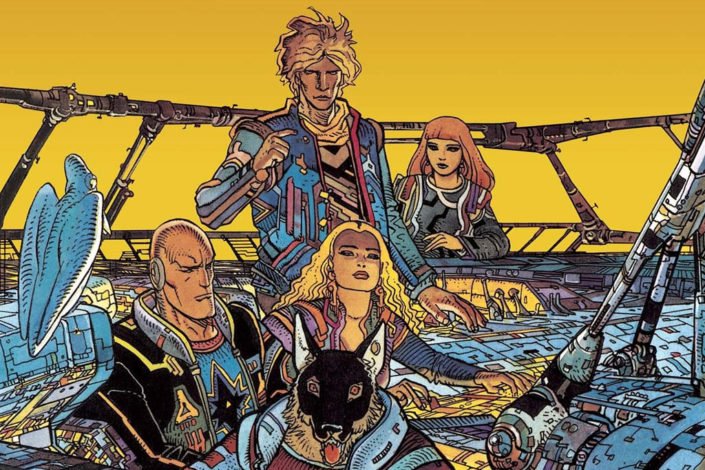Jessica Jones Reading Order (Marvel)
Popularized by her Netflix Show, Jessica Jones started in the pages of her own Marvel comic book. She’s a PI with an avenger past (and future). Created by writer Brian Michael Bendis and artist Michael Gaydos, Jessica Jones first appeared in Alias #1 (November 2001), a Max imprint—which means adult content and language.
Once upon a time, Jessica Jones was a costumed superhero—but not a very good one. Now a chain-smoking, self-destructive alcoholic, Jessica is the owner and sole employee of Alias Investigations, specializing in superhuman cases. But when she uncovers a hero’s true identity, Jessica becomes the target of a far-reaching conspiracy.
At first, Bendis introduced her as a former superhero who becomes a private investigator, but she was retconned in the regular Marvel universe, becoming a student who was in school with Peter Parker and an ex-avenger.









